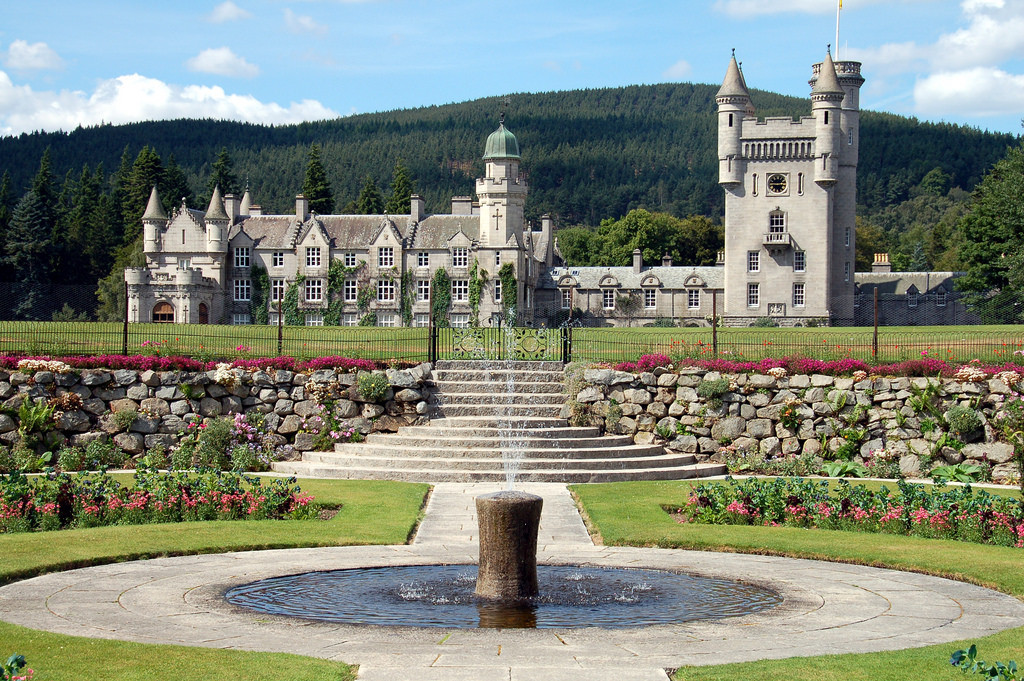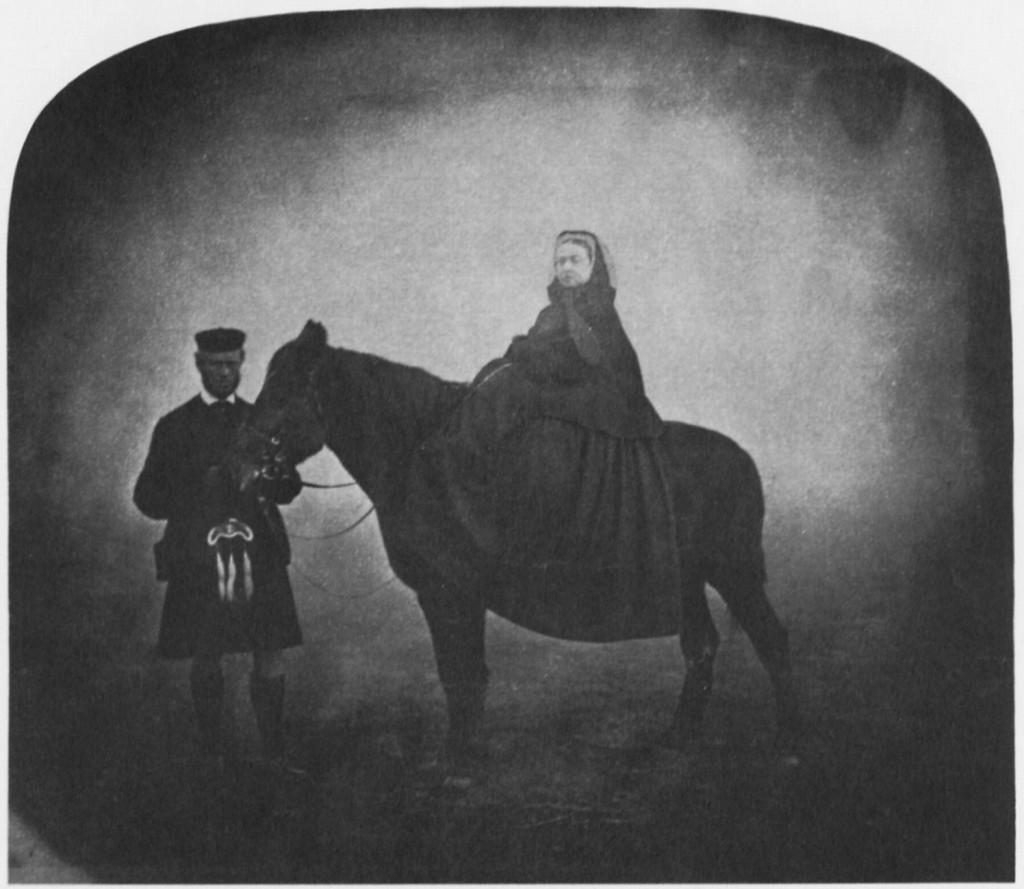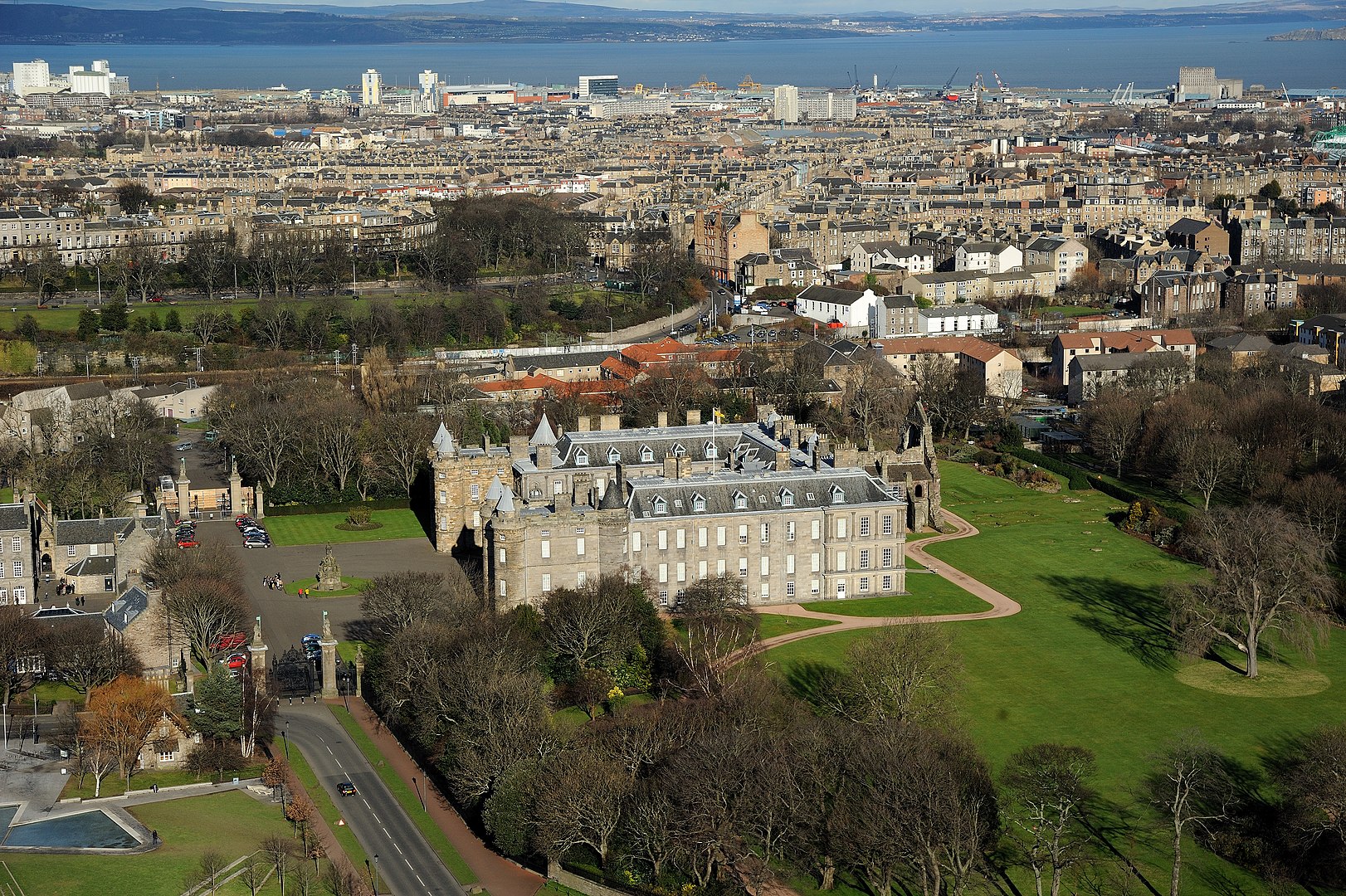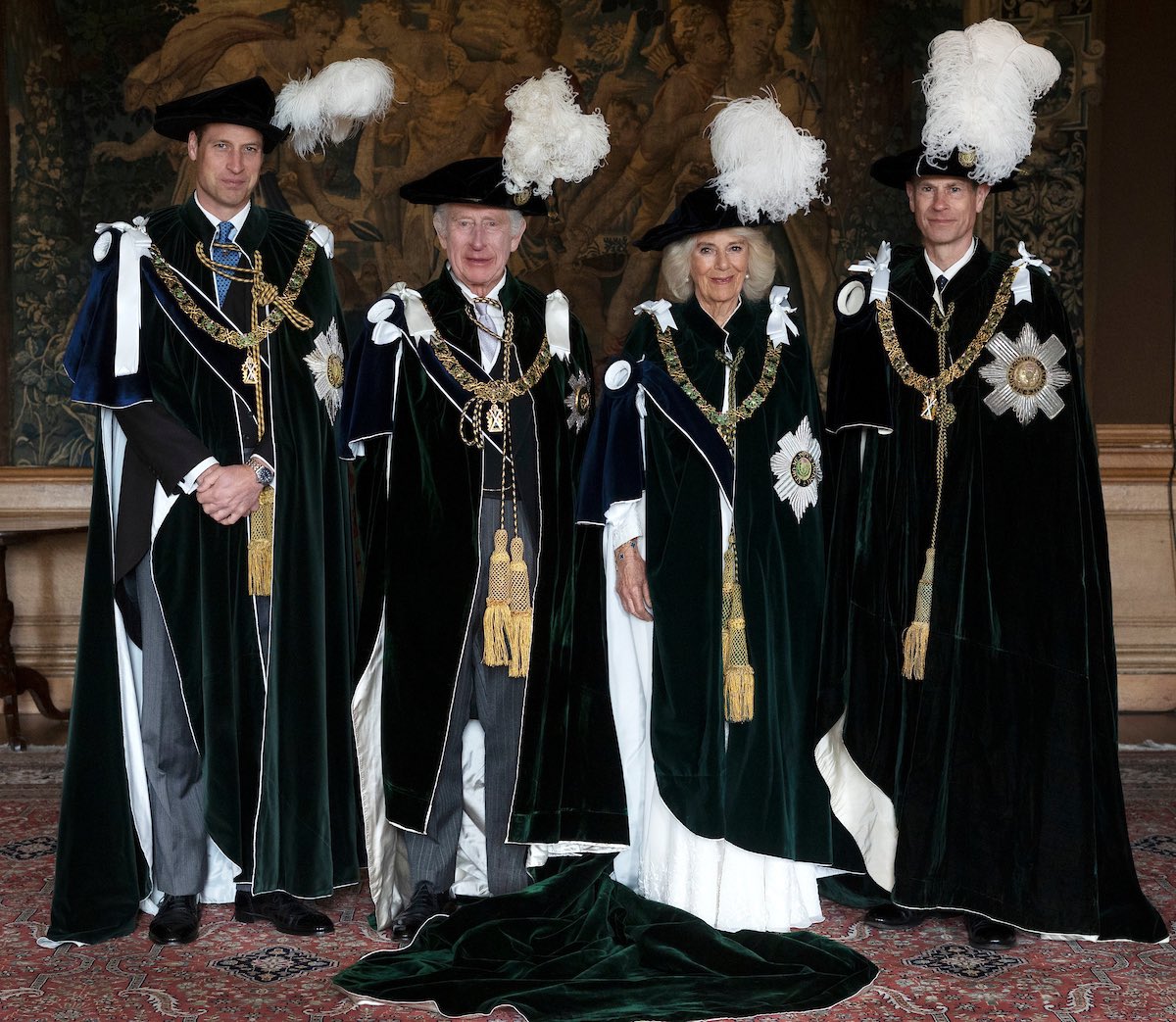Everyone knows of The Queen’s love of Scotland, it’s no hidden secret. Every summer she travels up to her Scottish residence, Balmoral, when she enjoys her holidays. But not many people know that the residences The Queen uses north of the border, may not always be quite the historic havens you would expect…

Balmoral Castle was built by Queen Victoria and Prince Albert, to the Prince’s design (Neil1877/Flickr)
Balmoral Castle came into royal hands in February 1852, when it was bought by Prince Albert for Queen Victoria. The Castle is practically a standing monument to Albert, he having designed a lot of its features.
The most famous ghost of Balmoral is that of John Brown. Brown was officially a friend and loyal staff member to the Queen, but rumours have ran rife about the intimacy of their relationship.
John’s ghost is regularly seen walking the corridors of the castle, and he is always wearing a kilt. He was reportedly seen by our own Queen, and she has felt his presence on numerous occasions.

Queen Victoria and John Brown (Lisby/Flickr)
The Palace of Holyroodhouse, located at the end of the Royal Mile in Edinburgh, is the official residence of the Royal Family in Scotland. It is most notably used by The Queen during her annual ‘Holyrood Week’, when she spends time carrying out engagements in Scotland.
The history of the Palace dates back to 12th century and it is most notable for its connection to Mary, Queen of Scots, which left a very bloody stain…

The Palace of Holyroodhouse, Edinburgh from Arthur’s Seat (Saffron Blaize/Wikimedia commons)
Holyroodhouse is the location of the murder of David Rizzio. Rizzio was secretary to Mary, Queen of Scots, and the two were close – so close that people speculated they were conducting an affair.
On 9th March 1566 at 8pm, the Queen, who was six months pregnant, was with Rizzio and the Lady Argyll in her supper chamber, when her guards were overpowered and rebels took over the Palace. They burst into the room and demanded Rizzio be handed over, which Mary refused. Despite hiding behind the Monarch, Rizzio was captured and dragged out into the audience chamber, where he was stabbed an alleged 57 times before he was thrown down the staircase. The spot his murder took place is marked by a small plaque and underneath that, the floorboards are stained with red. The red is said to be the stain from Rizzio’s blood that wouldn’t disappear no matter how it was cleaned. It is said that his ghost also roams the halls of the palace along with the ghost of his Queen…
Lord Darnley, Mary’s husband and Rizzio’s murderer, is said to haunt his old room at the Palace. He met his own gruesome end, but it’s disputed how exactly – did he die in an explosion? Or did he escape and was murdered? And was Mary the planner of her husband’s death in revenge of Rizzio?
In 2015, a panel of experts reviewed the evidence and concluded Mary wasn’t behind the kill order – but then who was?

Mary and her husband, Henry, Lord Darnley. (c) National Trust, Hardwick Hall; Supplied by The Public Catalogue Foundation
Finally, we stick with the 16th century, and enter the time of the witch hunts… The ghost of a woman named Agnes Sampson, killed for witchcraft, is said to haunt Holyrood. She has been seen by witnesses wearing no clothes and with signs of torture marked on her body.
Sampson was arrested in 1590 after being accused of being a witch by Gillis Duncan, who had done the same to many other women. Agnes was imprisoned at the Palace, where she was tortured. Under this duress, she admitted to being a witch and was sentenced to death: she was burned on a pyre.
Sometimes the corridors of the palace are swept with an unexpected and unexplained wind, and even the sound of crying can be heard from the basement!





